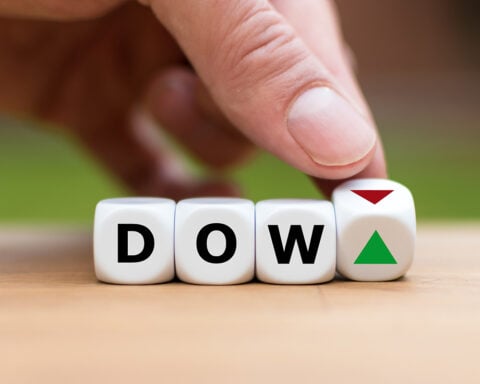In 2024, the largest U.S. banks have started off with a bang, surpassing many expectations and showing promise for ongoing success. The S&P 500 has provided a notable 15.3% total return for investors in the first half of the year, yet some of the standout performances have come from the banking sector, often overshadowed by tech stocks. Leading the charge, Bank of America, Goldman Sachs, and JPMorgan Chase have posted total returns of 19.7%, 18.8%, and 20.3%, respectively.
Factors Fueling the Banks’ Success
Several elements have driven the strong performance of these bank stocks in early 2024. The primary factor was a bounce-back from a particularly difficult 2023, which saw significant turmoil in the banking industry, including several high-profile failures. However, the larger banks managed to weather the storm better than most, paving the way for a robust recovery this year.
Additionally, investment banking activities have surged. Following a lull in recent years, mergers and acquisitions (M&A) and initial public offerings (IPOs) have gained momentum, positively impacting the banks’ revenues. Moreover, consumer spending has been more resilient than anticipated, and credit quality has stabilized. Default rates, which had spiked in 2023, have leveled off, further strengthening the banks’ financial health.
Drivers for Future Growth
Looking ahead, several catalysts could propel these bank stocks even higher in the latter half of 2024 and into 2025. A key factor is the potential for falling interest rates. Net interest margins, which have been under pressure recently, could improve significantly if the Federal Reserve enacts the expected rate cuts. Over the past year, banks have faced a challenging environment where loan interest rates have risen more slowly than the cost of deposits, compressing their margins. However, with three rate cuts anticipated this year and more expected in 2025, this trend could reverse, benefiting the banks’ profitability.
Lower interest rates could also boost lending demand. Currently, refinancing activity is low, but a decrease in rates by one or two percentage points could lead to a surge in mortgage refinances and other lending activities. This uptick in demand would significantly enhance the banks’ loan portfolios and overall earnings.
Investment banking also holds considerable growth potential. Although there has been a recent increase in M&A activity and equity and debt issuance, these levels remain below historical averages. For example, from 2017 to 2019, there were at least 217 IPOs annually. In 2024, the projection is around 185 IPOs, indicating room for growth in this area. A return to more typical levels of investment banking activity could further bolster the banks’ performance.
Solid Long-Term Investment Prospects
The outlook for Bank of America, Goldman Sachs, and JPMorgan Chase remains positive, with several factors suggesting they could continue to outperform the market. The anticipated interest rate cuts, combined with strong credit quality and robust consumer spending, create an environment ripe for these banks to thrive. Additionally, their strong management and profitability position them well to capitalize on these favorable trends.
While no investment is without risk and the economic landscape can shift, these banks represent solid long-term investments. Their ability to navigate the challenges of 2023 and leverage the opportunities in 2024 and beyond showcases their resilience and strategic expertise. Investors seeking reliable, well-managed companies with strong growth potential should consider these banking giants.
Bank of America, Goldman Sachs, and JPMorgan Chase have not only outpaced the market in the first half of 2024 but also have the potential to continue delivering strong returns. With key drivers like falling interest rates and increasing investment banking activity on the horizon, these banks are well-positioned for ongoing success. Investors should monitor these stocks closely as they progress through the rest of 2024 and beyond.







